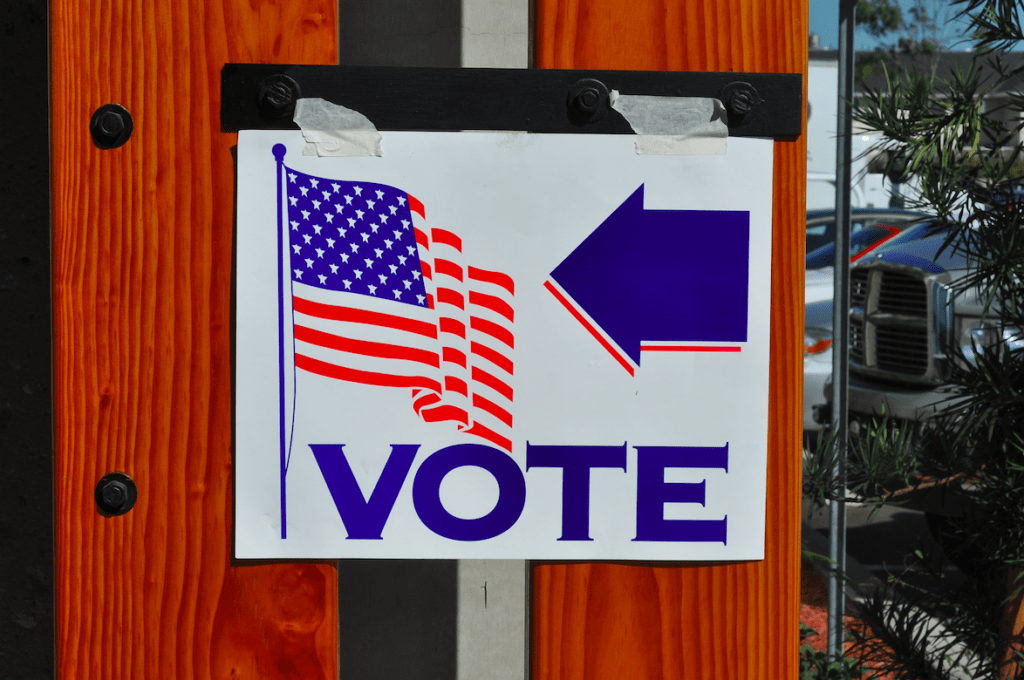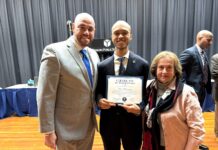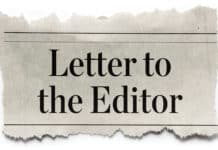By Dan Murphy

One of the first acts taken by State Senate Majority Leader Andrea Stewart-Cousins and the democratic majorities in the State Senate and Assembly, and Gov. Andrew Cuomo is a voting reform package that includes moving the date for the New York primary from early September to late June.
This action would save an estimated $50 million in the cost of holding two primaries, which has been the case in New York since the federal primary was changed to June to accommodate overseas veteran voters.
“We are going to make our democracy work,” said Stewart-Cousins, D-Yonkers.
One concern is that this year, in 2019, local candidates for office will have to receive their party nominations earlier than usual. In fact, party committees in Westchester will have to meet next month, to give candidates time to set up their committees and collect petitions.
Rising Newspapers have joined with Westchester elected officials in calling for a combined June state and federal primary for several years. We are concerned that Westchester voters will have to become used to the June primary, after having voted for decades in an early September primary, with this year, 2019, being the most challenging.
There are no federal or state elected offices on the ballot this year, only local contests for mayor, supervisor and council in communities like Yonkers, Eastchester and Harrison.
Other parts of the voting reform package include:
Early voting, which would allow voters to cast a ballot at their polling place up to 10 days before an election. More than 30 states already have some form of advance voting, and the option has become increasingly popular in many states. Long lines seen at many polling places in New York last November show the need for the option, supporters say.
The hope is also that early voting will increase the rate of voter participation, which has continued to decline in New York after every election. The former Republican Majority State Senate has been blocking election reform items for more than a decade, and now that democrats are finally unified and have taken control of the Senate, a quick action on voting reform has taken place in the first days of the 2019 session.
Good government groups including Common Cause have long advocated for early voting. “There’s no reason we should be trying to cram millions of voters into a 15-hour window on a single day, while 37 other states enjoy days or weeks to vote,” said Susan Lerner, director of Common Cause-New York.
However, if the polling locations are now to be open for 10 days, some have questioned whether New York State will save $50 million, an estimation that was based on eliminating one of the two primary days in September and June.
“If the primary is in June, then petitions will have to go out in April and May, and endorsements will have to be made in February or March,” said one Westchester leader. “This helps incumbents and hurts new candidates if they are not prepared and ready.”
Two other initiatives will have to be decided by the voters of NYS through a constitutional amendment. One would allow for registration on election day; the second would permit mail-in absentee voting without an excuse. The earliest that a constitutional amendment could be on the ballot for New Yorkers would be in 2022, but state democrats have begun the process.
State lawmakers will also vote to limit contributions from LLCs and requires those donations to be disclosed by specific individuals.
Currently, New York State is the only state in the nation that has two primaries for determining general election candidates. The September primary is in violation of the federal MOVE Act and, for the last six years, this has resulted in two primaries in federal years – a federal primary in June and a local primary in September.
Stewart-Cousins said Wednesday that “there is nothing to stop us and there is so much more that we have to accomplish. But we were sent here to be ambitious, to make New York a beacon of hope and progress for the rest of our country.”
Last year, Greenburgh Supervisor Paul Feiner made two good points in an op-ed printed in Rising Newspapers, that the cost of holding two primary elections is put on local governments, and two primaries reduce voter turnout.
“Every election is very expensive – taxpayers have to pay significant dollars for election inspectors and all the costs of running an election,” he said. “The county now oversees elections but bills the cost of elections to the local governments. Greenburgh has budgeted over $205,000 for primary and election day expenses in 2018.
“There is absolutely no public policy benefit to the taxpayers to have separate primary elections. Having two separate elections probably results in reduced voter participation, not more participation… a form of voter suppression. Westchester has the highest property taxes in the country. Greenburgh taxpayers could probably have saved close to $100,000 if the primary dates were consolidated into one. And, Westchester taxpayers would probably have saved over a million dollars. NYS taxpayers are throwing out millions of dollars that could have been used to keep taxes down or for important services,” wrote Feiner.
A note to interested candidates for office in 2019 and voters: The political process has moved up by more than two months.





